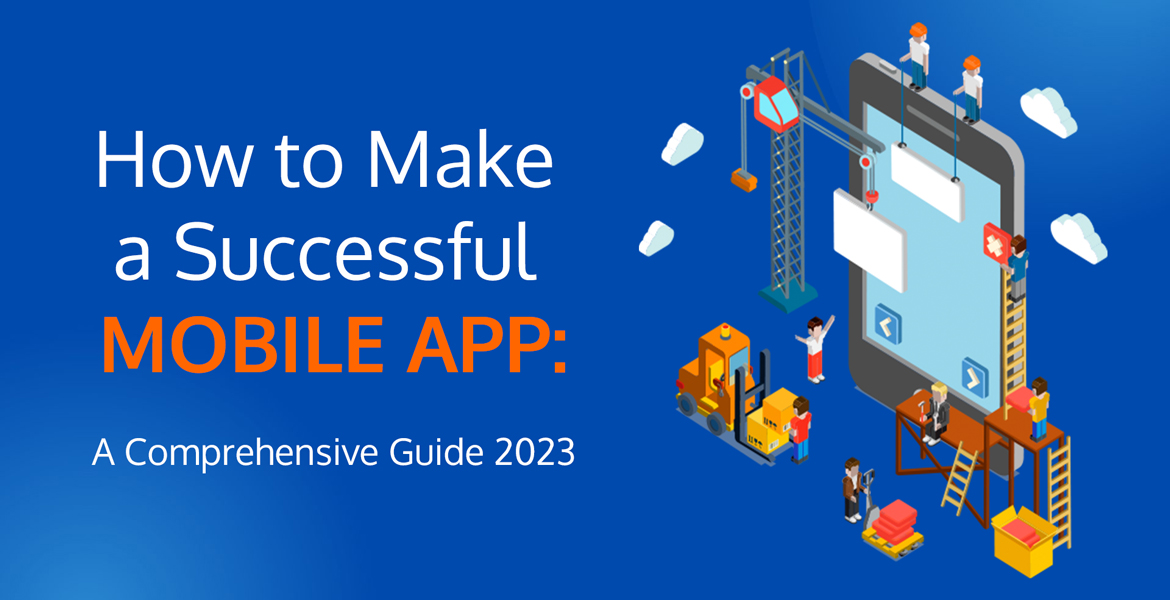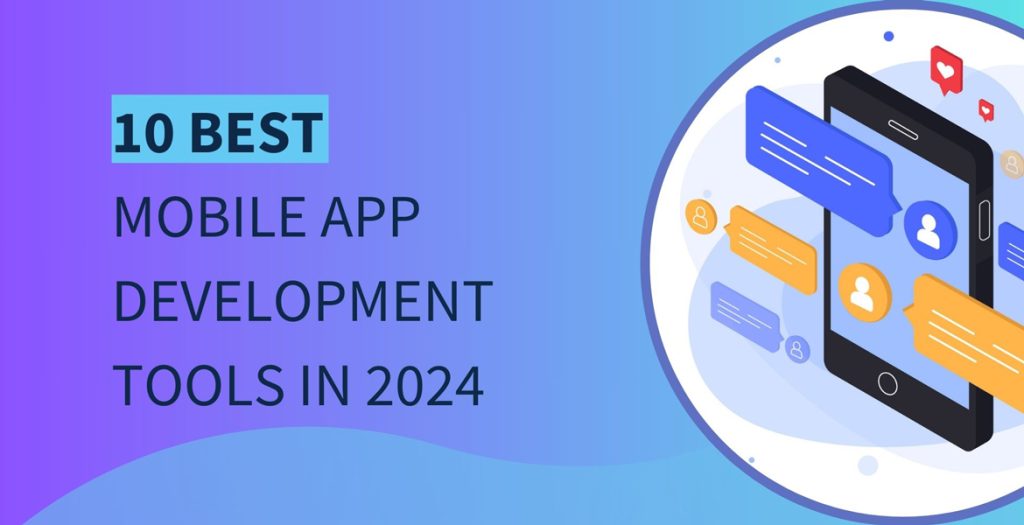In fact, 255 billion mobile apps were downloaded by consumers onto their connected devices, highlighting the immense popularity and demand for mobile media usage. Have you ever wondered what the key factors are that contribute to the remarkable success of some mobile apps while others struggle to make an impact?
In this article we’ll provide valuable insights and practical tips to navigate the app development process with confidence. So, let’s explore some of the strategies that will help you create an app that stands out, captivates users, and achieves remarkable results in today’s competitive mobile app market.
Table of Contents
- What are the Secrets of App Success?
- 8 Tips for Developing a Successful Mobile Application
- Define Your App’s Purpose and Target Audience
- Plan and Strategize
- User-Centered Design
- Effective Development Team
- Select a Suitable Development Framework
- Testing and Quality Assurance
- Launch and Marketing
- Continuous App Improvement
- Key Takeaways and Taking Action
What are the Secrets of App Success?
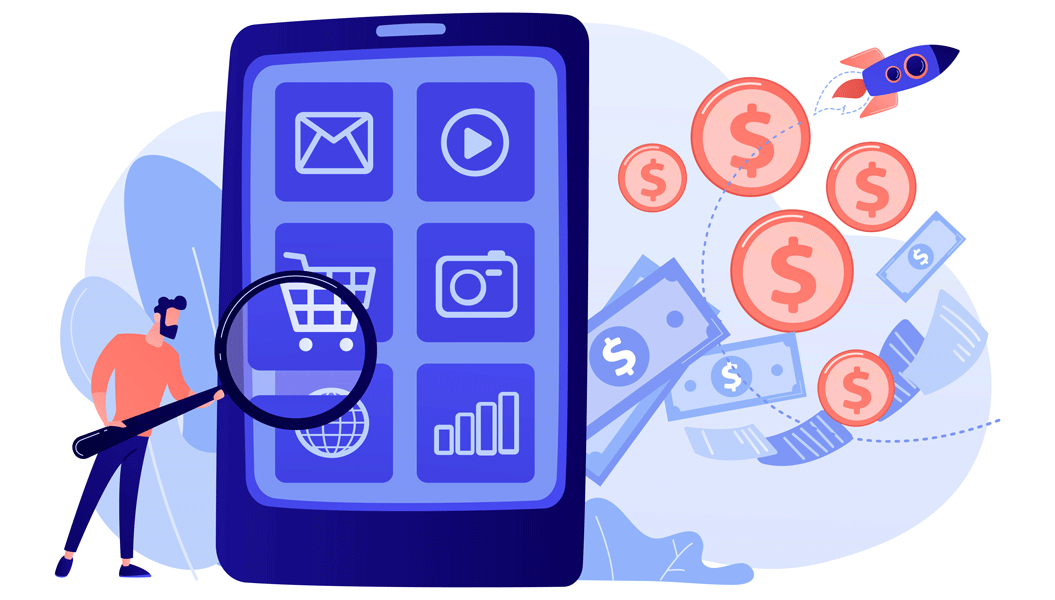
An app becomes successful when it offers significant value and relevance to its target audience. By solving a specific problem, fulfilling a need, or delivering a unique and compelling experience, the app captures users’ interest and loyalty.
Successful apps are built with a keen understanding of customer needs and desires. They incorporate specific features:
- User-friendly interface. Successful apps prioritize a user-friendly interface that is intuitive, visually appealing, and easy to navigate.
- Personalization and customization. The app may include customizable settings, personalized recommendations, tailored notifications, or the ability to save preferences and create personalized profiles.
- Performance and speed. Successful apps optimize their performance to minimize loading times, reduce crashes or errors, and ensure responsive interactions, even in low connectivity situations.
- Efficient search and navigation. Users should be able to easily find what they’re looking for, whether it be products, information, or specific app features.
- Enhanced security and privacy. Apps should implement robust security measures to protect user data, employ secure authentication methods, and ensure compliance with data protection regulations.
8 Tips for Developing a Successful Mobile Application
Armed with the knowledge about the features of successful mobile apps, you’re now prepared to embark on the journey of developing your own successful app.
From the initial planning stages to development and deployment, these 8 app development tips will empower you to stand out among the vast number of competitors.
Define Your App’s Purpose and Target Audience

A successful app needs to start with defining an app’s purpose and target audience. By understanding the problem your app solves or the need it fulfills, you can create a solid foundation for success. Here’s how you can effectively define your app’s purpose and target audience:
- Identify the problem or need. Begin by clearly defining the problem or need your app aims to address. What issues does it resolve? What challenges does it overcome? This will serve as the guiding principle for your app’s development.
- Conduct market research. Dive deep into market research to gain insights into your target audience. Understand their preferences, behaviors, and demographics. Identify their pain points and frustrations that your app can alleviate. This research will help you tailor your app’s features and functionalities to meet their specific needs.
- Define your unique value proposition. With a competitive app market, it’s essential to define your app’s unique value proposition (UVP). Determine what sets your app apart from competitors. Is it a new and innovative solution? Does it offer a better user experience? Define the key differentiators that will make users choose your app over others.
Plan and Strategize

To ensure a successful app development process, careful planning and strategic thinking are crucial. Here are key steps to consider when planning and strategizing your app development:
- Create a detailed app development plan. Outline a comprehensive plan that includes timelines, milestones, and a budget. Break down the development process into smaller tasks and set realistic deadlines. Consider factors such as design, development, testing, and deployment. This plan will serve as a roadmap for the entire development journey.
- Define the core features and functionalities. Clearly identify the essential features and functionalities your app should have. Focus on addressing the main problem or need identified earlier. Prioritize features based on user value and feasibility. A well-defined feature set will guide the development team and ensure a focused approach.
- Consider the platform and technologies. Determine the platform(s) on which you want to launch your app. Decide whether you’ll develop for iOS, Android, or both. Consider the target audience and market share of each platform. Additionally, select the appropriate technologies and frameworks that align with your development goals and resources.
- Establish a monetization strategy. Determine how you plan to monetize your app. Explore different options such as in-app purchases, advertisements, or a freemium model. Understand the pros and cons of each strategy and choose the one that aligns with your app’s purpose and target audience. A clear monetization strategy will help drive revenue and sustain the app’s growth.
Careful planning and strategizing will ensure efficient use of resources and guide the development team throughout the process. With these foundations in place, you’re well-prepared to transform your app idea into a reality.
User-Centered Design
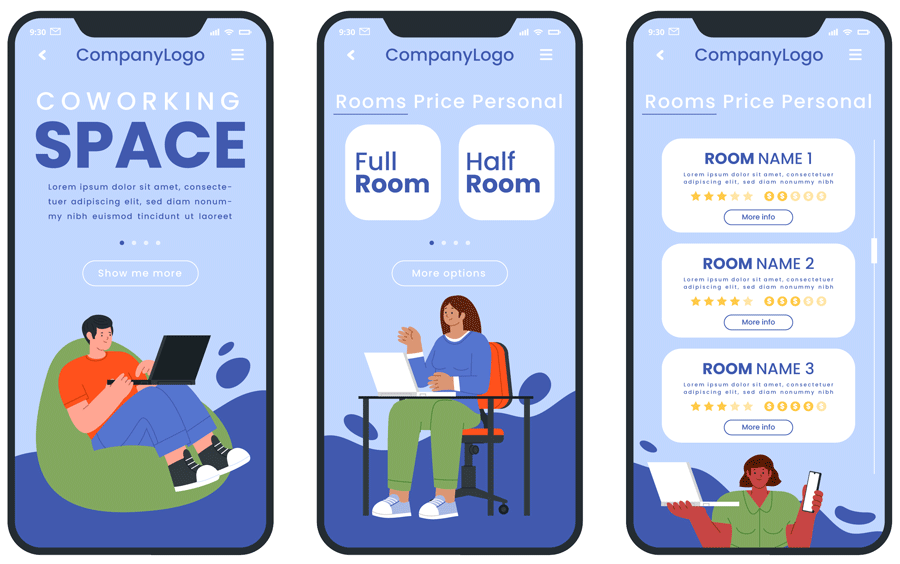
To create a successful mobile app, adopting a user-centered design approach is vital. Follow 4 essential steps to create an engaging app experience:
- Focus on creating an intuitive and user-friendly interface. Put yourself in the users’ shoes and design an interface that is easy to navigate and understand. Prioritize simplicity, clarity, and consistency in your app’s design. Use intuitive icons, clear labels, and logical navigation patterns to guide users through the app seamlessly.
- Conduct user experience (UX) research and design wireframes and prototypes. Dive deep into understanding your target audience’s preferences, behaviors, and pain points. Conduct UX research, such as surveys, interviews, or usability testing, to gain insights into their needs and expectations. Use this research to create wireframes and prototypes that reflect the intended user flow and functionality. Continuously iterate and refine based on user feedback.
- Optimize and adjust for different screen sizes, resolutions, and orientations. Ensure your app is responsive and adaptable to different devices and screen sizes. Optimize the user interface for various resolutions and orientations, including landscape and portrait modes. This flexibility will enhance the user experience and allow your app to reach a wider audience.
- Incorporate attractive visual elements. Visual aesthetics play a crucial role in capturing users’ attention and enhancing the app’s appeal. Incorporate visually appealing graphics, icons, and animations that align with your brand and create a cohesive experience. However, strike a balance by avoiding excessive visual clutter that may overwhelm users.
A user-centered design approach ensures that your app meets users’ needs, delights them with a seamless experience, and keeps them engaged for the long run.
Effective Development Team

The success of an app often hinges on the composition of the development team. That’s why it’s crucial to carefully choose the right team for your app’s development.
Firstly, look for a team with a strong background in mobile app development and consider their experience with similar projects. Evaluate their skills, platform knowledge, and familiarity with relevant technologies to ensure they can effectively meet your app’s requirements.
Additionally, effective communication and collaboration are vital for a successful partnership. Ensure the development team is responsive, transparent, and proactive in their communication. They should be able to understand your vision, provide valuable insights, and collaborate seamlessly throughout the development process.
Lastly, evaluate the team’s dynamics and project management capabilities. Ensure they have a project lead or manager who can efficiently oversee the development process. Look for teams with well-established workflows, clear roles and responsibilities, and a proven track record of delivering successful projects.
Read more about key factors there.
Select a Suitable Development Framework

Choosing the right technology is a critical decision when it comes to app development. The technology you select will shape the foundation of your app and can have a significant impact on its performance and user experience. Frameworks like Flutter and React Native bring their own set of strengths and weaknesses to the table, which must be carefully considered. Here’s why choosing the suitable development framework or programming language matters:
- Follow agile development methodologies to ensure flexibility and faster iterations. Agile methodologies, such as Scrum or Kanban, promote iterative development, continuous feedback, and adaptability. By embracing an agile approach, you can quickly respond to changes, incorporate user feedback, and deliver a high-quality app in shorter development cycles.
- Build a scalable and robust backend infrastructure to support your app’s growth. Whether you choose Flutter or React Native, establishing a scalable backend ensures that your app can handle increasing user demand. Consider leveraging cloud-based services, such as Firebase or AWS, to manage data storage, user authentication, and server-side processing efficiently.
- Implement necessary security measures to protect user data. This includes encrypting sensitive data, implementing secure authentication mechanisms, and adhering to industry best practices for data privacy and security. Whether you use Flutter or React Native, prioritize security throughout the development process to safeguard user information and mitigate potential vulnerabilities.
Remember, the choice of framework, whether it’s Flutter or React Native, should align with your app’s specific requirements, development team expertise, and target platforms. By selecting the right framework, following agile methodologies, building a scalable backend infrastructure, and implementing robust security measures, you can set the stage for developing a successful and secure app.
Testing and Quality Assurance
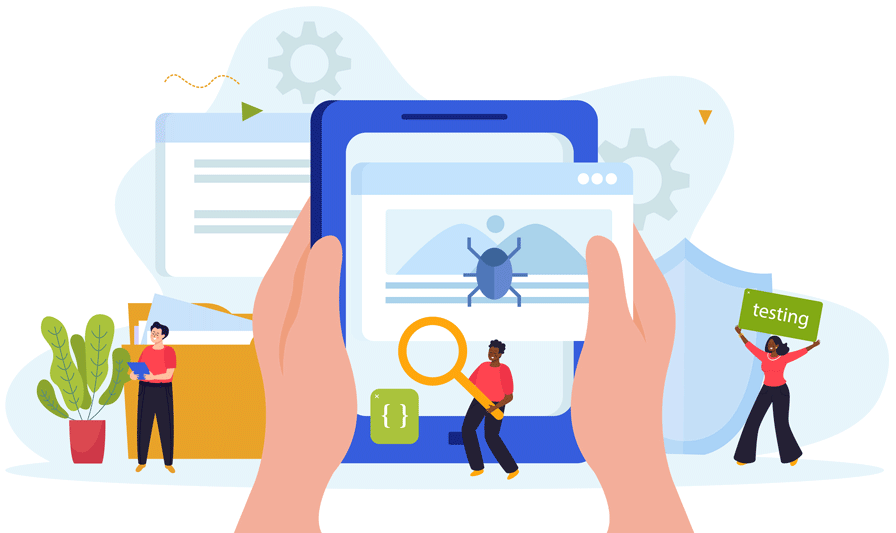
Testing and quality assurance (QA) are vital steps in app development to ensure a flawless user experience. Here are key considerations for testing and quality assurance:
- Perform thorough testing. Conduct comprehensive testing to identify and address any bugs, crashes, or usability issues. Test your app across different devices, screen sizes, and operating systems to ensure compatibility. Implement automated testing tools and methodologies to streamline the testing process and increase efficiency.
- Conduct alpha and beta testing. Engage a group of users in alpha and beta testing phases to gather valuable feedback. Alpha testing involves internal testing within your development team, while beta testing involves releasing the app to a select group of external users. Collect feedback on usability, functionality, and performance to identify areas for improvement.
- Monitor performance, compatibility, and security. Continuously monitor and assess your app’s performance, compatibility, and security aspects. Utilize monitoring tools to track key metrics such as response time, resource usage, and error rates. Perform compatibility testing on various devices and operating system versions. Implement security measures to protect user data and regularly update security protocols.
- Continuously optimize and refine. Leverage user feedback and testing results to optimize and refine your app. Address identified issues, improve user interface and experience, and enhance overall performance. Regularly release updates and patches to address bugs and add new features based on user needs and preferences.
By performing thorough testing, engaging users in alpha and beta testing, monitoring performance and security, and continuously refining your app based on feedback, you can ensure a high-quality and seamless user experience. Testing and QA are ongoing processes that should be prioritized throughout the app’s lifecycle to deliver an app that meets user expectations and stands out in the competitive market.
Launch and Marketing
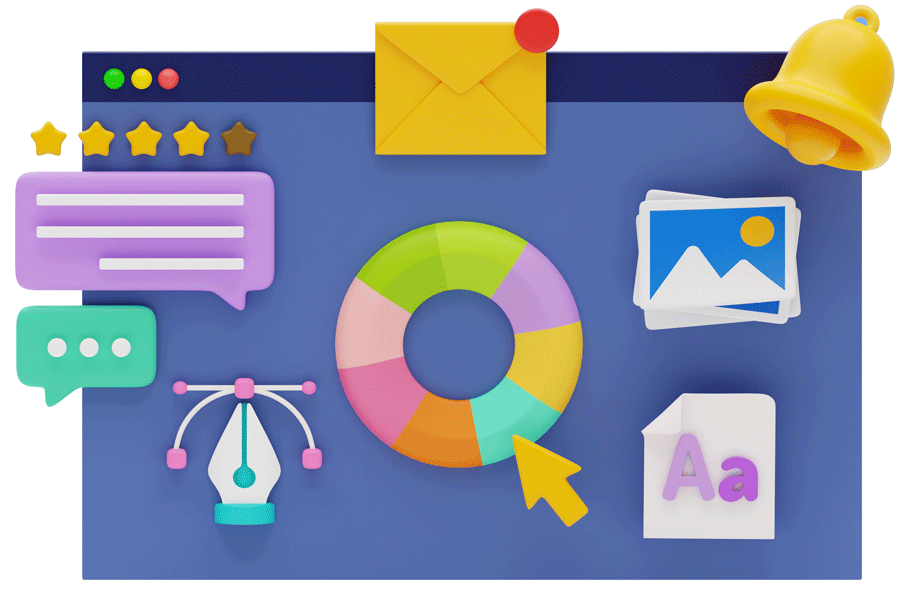
Launching your app successfully requires a well-planned marketing strategy. Here’s how you can create buzz and generate awareness for your app:
- Prepare a compelling launch strategy. Develop a comprehensive launch plan that outlines the key activities and timelines. Define your target audience and craft a compelling message that highlights the unique value proposition of your app. Identify key marketing channels and tactics that align with your target audience’s preferences and behaviors.
- Leverage social media, blogs, influencers, and review websites. Utilize social media platforms, such as Facebook, Twitter, Instagram, and LinkedIn, to create a strong online presence for your app. Engage with your audience, share valuable content, and build anticipation leading up to the launch. Collaborate with influential bloggers, vloggers, and social media influencers who resonate with your target audience to expand your reach. Submit your app to app review websites to gain exposure and credibility.
- Offer incentives to attract early adopters. Encourage early adoption by offering incentives to your target audience. This could include promotional discounts, exclusive features, or access to beta versions. Incentives create a sense of exclusivity and can motivate users to try your app early on and spread the word to their networks.
- Measure and analyze app metrics. Implement tracking and analytics tools to measure the effectiveness of your marketing efforts. Monitor app downloads, user engagement, retention rates, and in-app behavior. Analyze the data to gain insights into user preferences, identify areas for improvement, and refine your marketing strategies for optimal results.
Remember to continuously monitor and adjust your marketing approach based on user feedback and market trends. Building a strong user base requires an ongoing effort to maintain visibility, engage with your audience, and refine your marketing tactics as your app evolves.
By preparing a compelling launch strategy, leveraging various marketing channels, offering incentives, and analyzing app metrics, you can maximize the impact of your app launch and establish a strong foundation for its growth and success.
Continuous App Improvement

One of the most crucial aspects is to regularly update your application with new features, improvements, and bug fixes. This iterative process addresses user feedback and ensures that your app remains relevant and competitive in meeting evolving user needs.
Next, staying informed about industry trends and technologies is equally important. By keeping your finger on the pulse of the industry, you can identify emerging opportunities for innovation. Embracing new technologies and best practices enables you to continually enhance your app’s performance and user experience.
Gathering user feedback and analyzing app analytics provides valuable insights into user preferences and pain points. By actively listening to your users, you can make informed decisions to optimize your app and tailor it to their needs.
Engaging with your user community through support channels and social media is essential for building strong relationships. Promptly addressing user inquiries, resolving concerns, and providing exceptional customer support fosters loyalty and user satisfaction.
Related: App Store Optimization Checklist
Key Takeaways and Taking Action
To sum it all up, developing a successful mobile app requires a well-defined strategy, user-centered design, rigorous testing, and ongoing improvement. By understanding user needs, conducting market research, and crafting a unique value proposition, you can differentiate your app in a crowded market.
Emphasizing user experience, agile development methodologies, and robust security measures will contribute to a seamless and secure app. Continuous improvement based on user feedback and analytics will ensure your app stays relevant and meets evolving user expectations.
Now is the time to take action and start your mobile app development journey. Armed with the knowledge shared, you have the tools to create an app that stands out. Embrace the possibilities, unleash your creativity, and embark on the path to app success.


